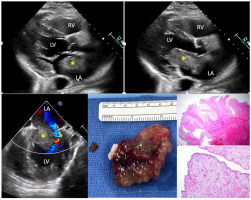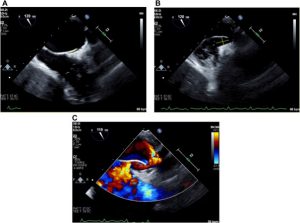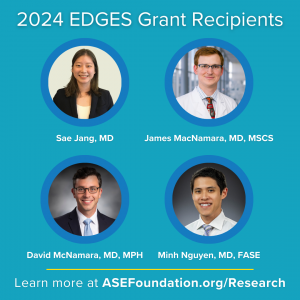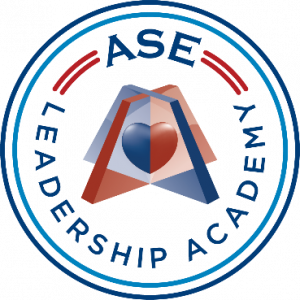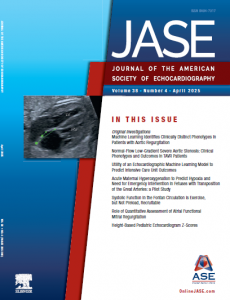 The April issue of JASE includes a brief research communication titled, “Role of Quantitative Assessment of Atrial Functional Mitral Regurgitation.” Lead author Jwan A. Naser, MBBS, remarks, “Atrial functional mitral regurgitation (AFMR) is now a well-established entity associated with atrial fibrillation and heart failure with preserved ejection fraction. The present study shows that while the categorical presence of AFMR was associated with increased mortality, the degree of AFMR across the range of effective orifice area values did not appear to confer additional risk. In contrast, variables reflecting atrial myopathy and diastolic dysfunction including E/e’ ratio and left atrial volume were linearly associated with increased mortality.”
The April issue of JASE includes a brief research communication titled, “Role of Quantitative Assessment of Atrial Functional Mitral Regurgitation.” Lead author Jwan A. Naser, MBBS, remarks, “Atrial functional mitral regurgitation (AFMR) is now a well-established entity associated with atrial fibrillation and heart failure with preserved ejection fraction. The present study shows that while the categorical presence of AFMR was associated with increased mortality, the degree of AFMR across the range of effective orifice area values did not appear to confer additional risk. In contrast, variables reflecting atrial myopathy and diastolic dysfunction including E/e’ ratio and left atrial volume were linearly associated with increased mortality.”
Three other brief research communications accompany this one, addressing limited concordance of LV ejection fraction and chamber dimensions with automated assessments in HCM, the valid role of height-based pediatric echocardiographic Z-scores, and normal fetal ventricular strain in a pilot study. This issue’s original investigations incorporate a variety of topics including phenotypes and outcomes in aortic valve disease, echo-based machine learning and ICU outcomes, and congenital heart disease. An editorial comment accompanies a pilot study on how acute maternal hyperoxygenation can predict hypoxia and the need for emergency intervention in fetuses with transposition of the great arteries. Rounding out this issue are letters to the editor regarding blood pressure and echocardiographic interpretation as well as the mitral annular disjunction phenotype.
This month’s President’s Message written by Allyson Boyle, MHA, ACS, RDCS, FASE, and Ashlee Davis, ACS, RDCS, RCCS, FASE, discusses the musculoskeletal impact on those in cardiovascular ultrasound careers. This issue also features a special article on tailoring sonographer career paths with guidance from the ASE Sonographer Career Ladder Workgroup.
A new call for papers is now open! A focus issue on chamber quantification is set for publication in 2026. Papers that address any aspect of echocardiography in quantitative assessment of the cardiac chambers should be submitted by August 1, 2025. Please direct questions to JASE managing editor Debbie Meyer at DMeyer@ASEcho.org.
Tune into our Author Spotlight page for interviews between JASE Editor-in-Chief Patricia Pellikka, MD, FASE, and authors of recently published papers. March’s interview features Monica Mukherjee, MD, MPH, FASE, discussing ASE’s newest guideline, “Guidelines for the Echocardiographic Assessment of the Right Heart in Adults and Special Considerations in Pulmonary Hypertension: Recommendations from the American Society of Echocardiography.”
Please see the April ASE Education Calendar for a listing of educational opportunities far and wide.

